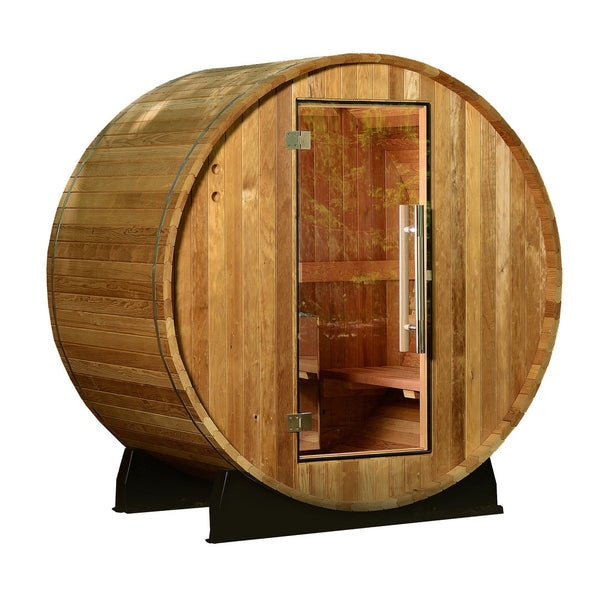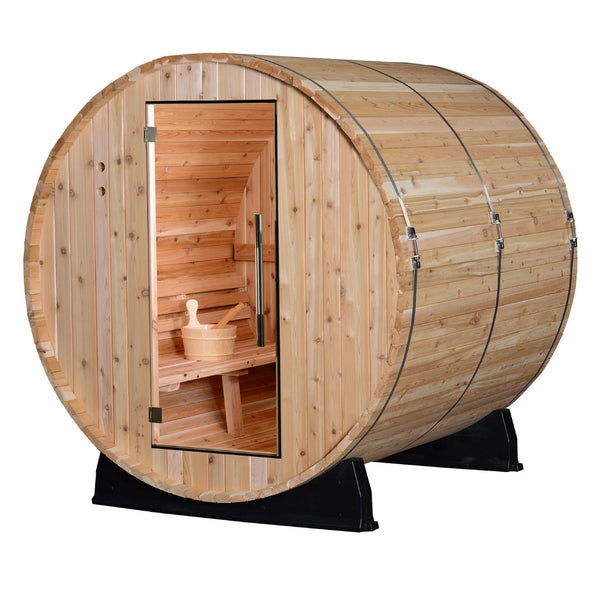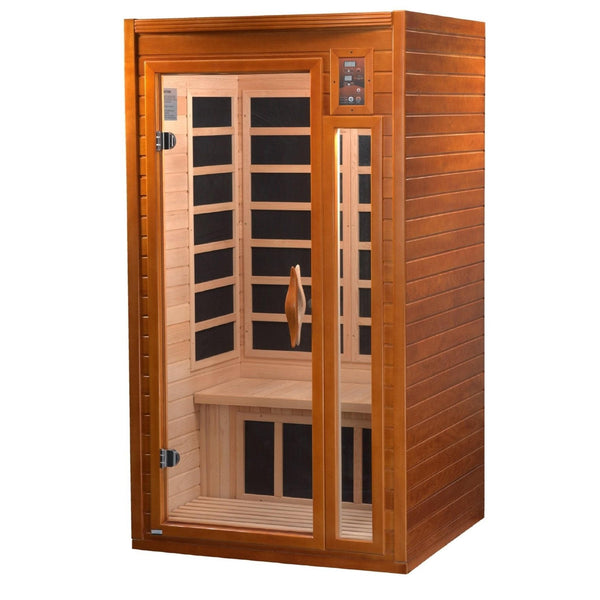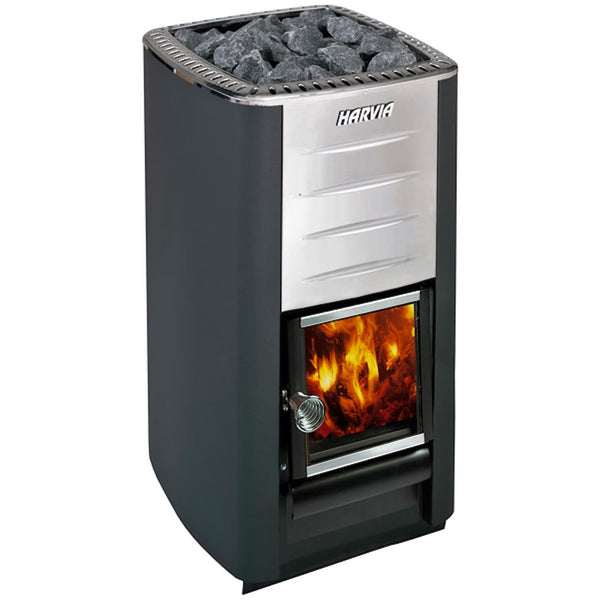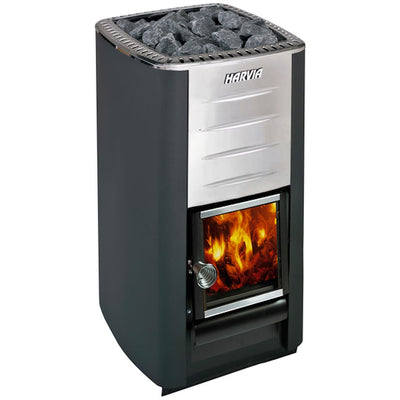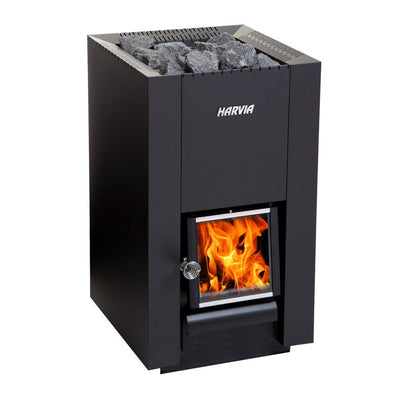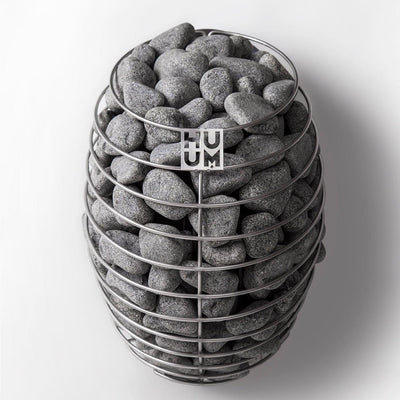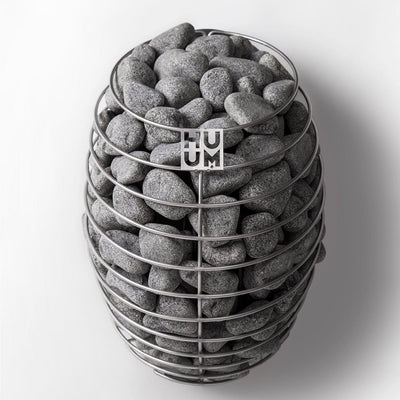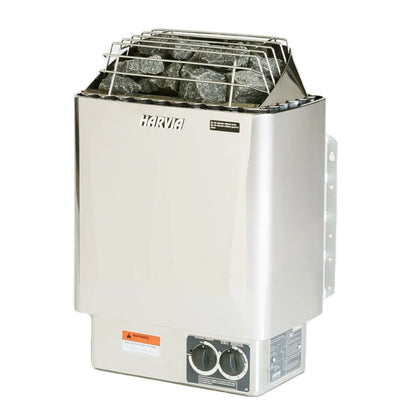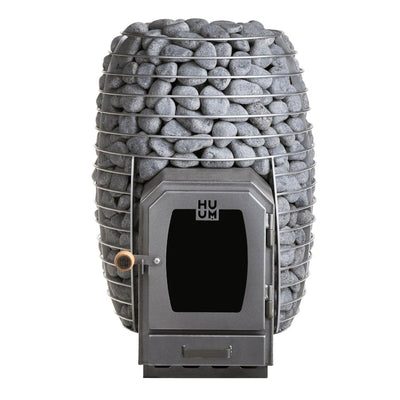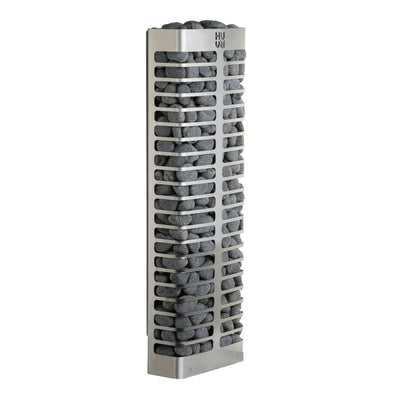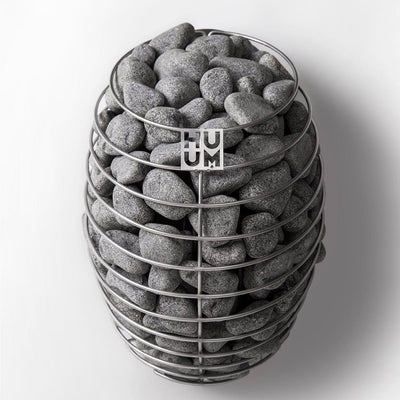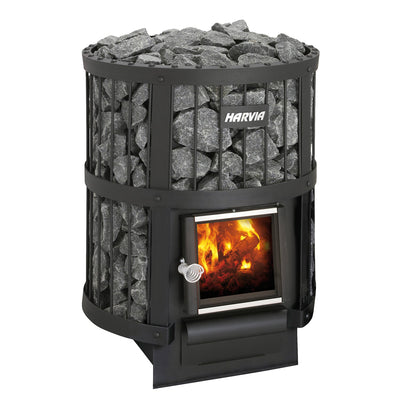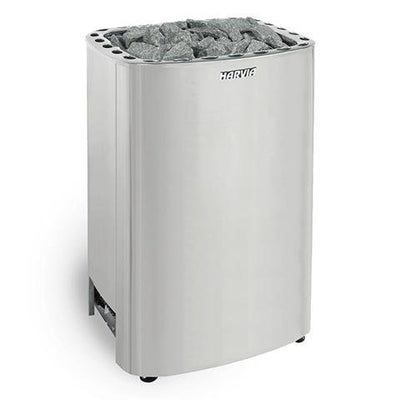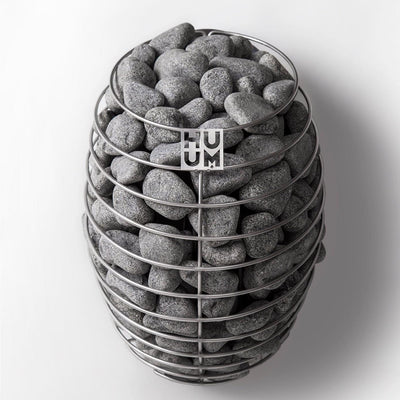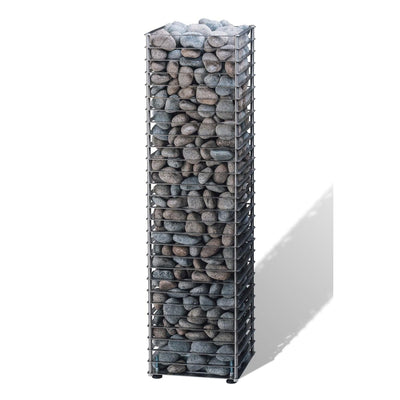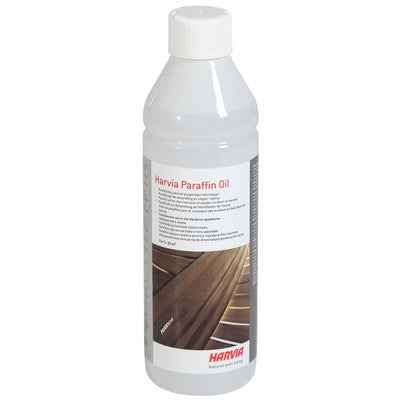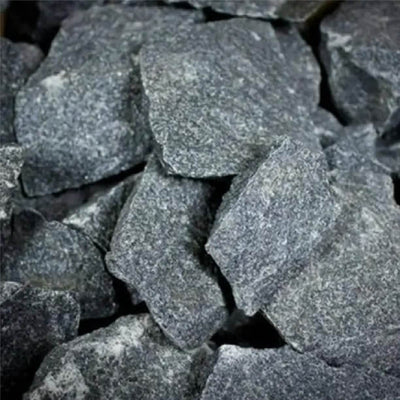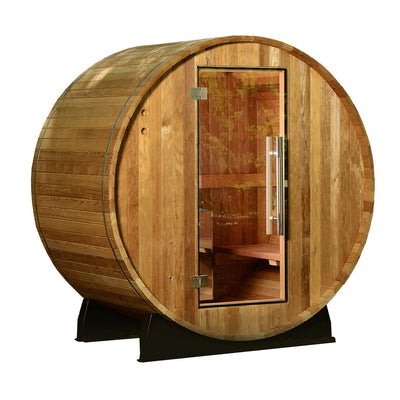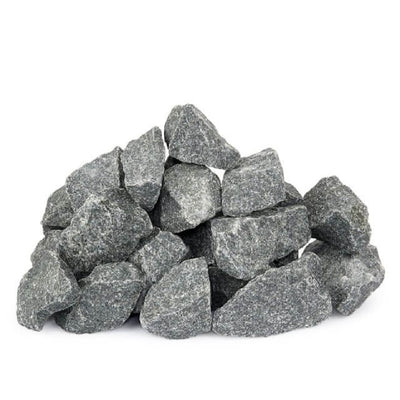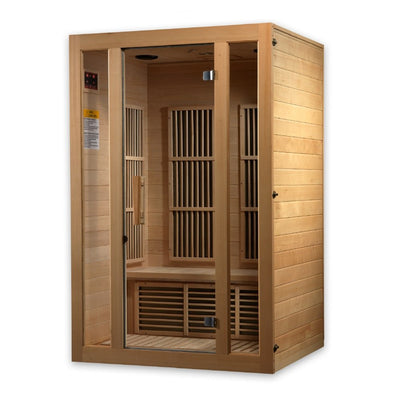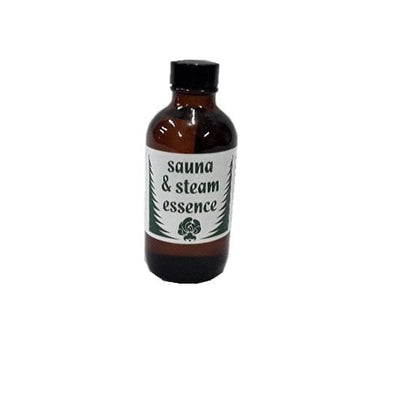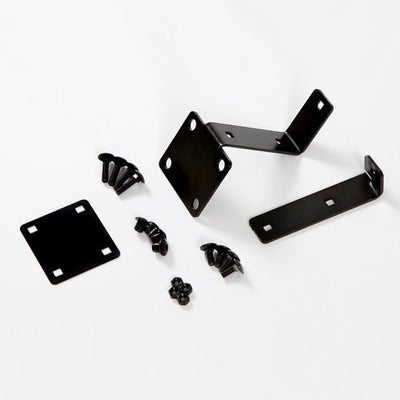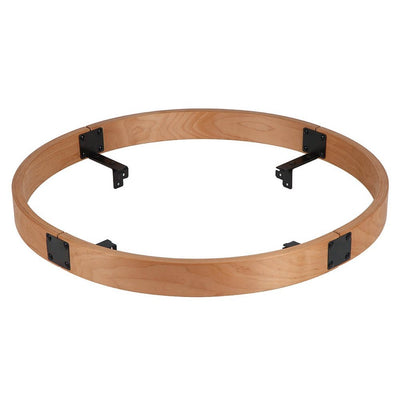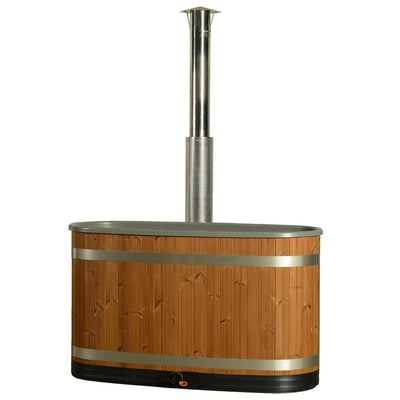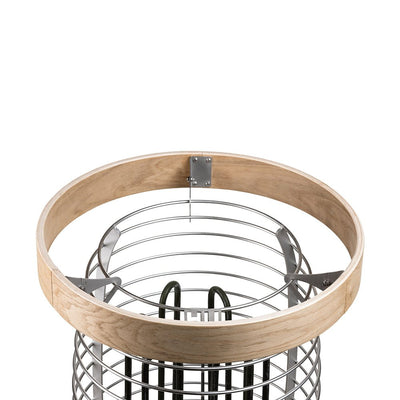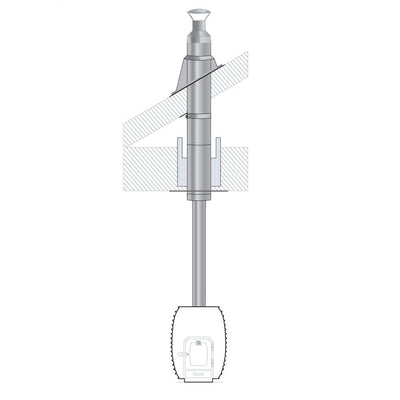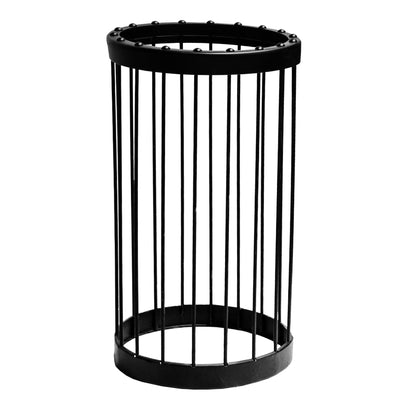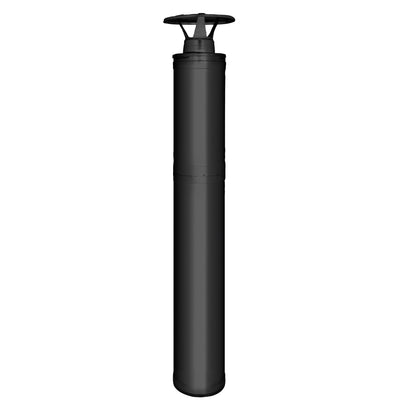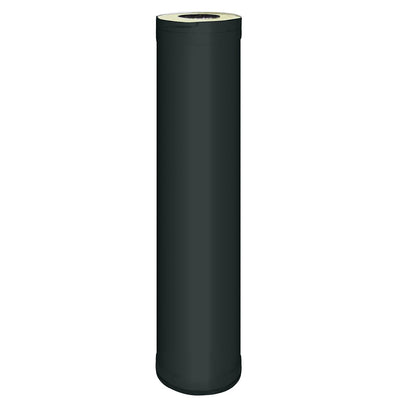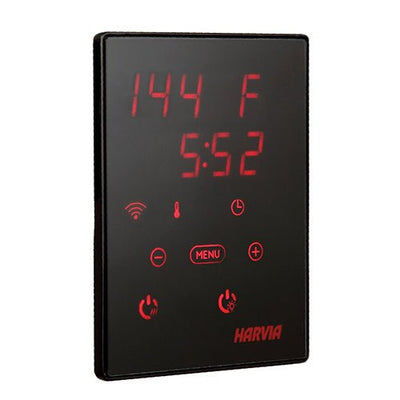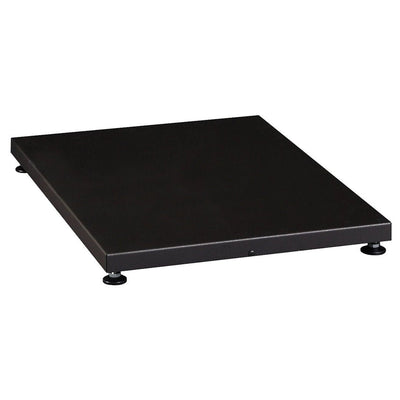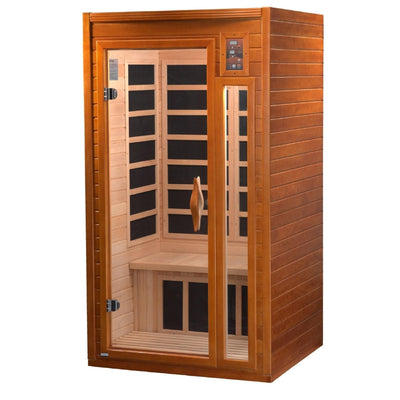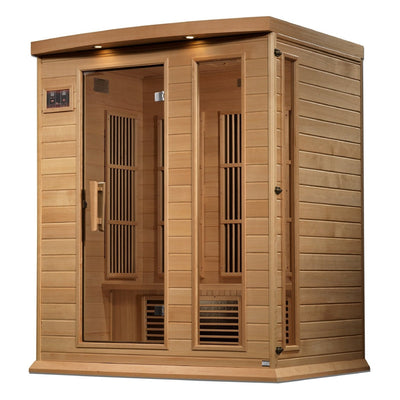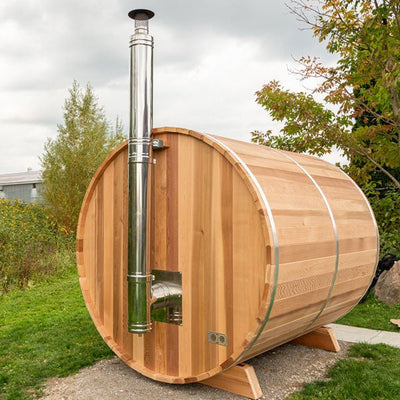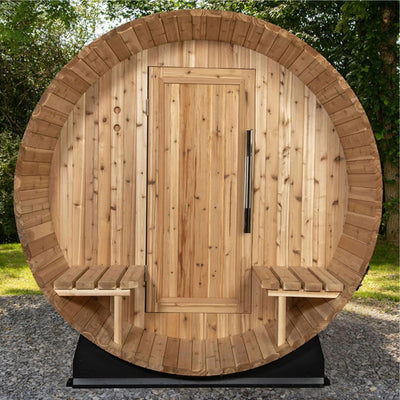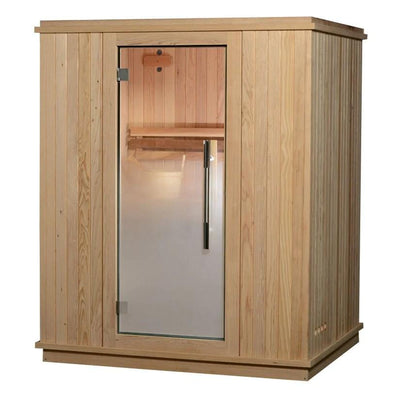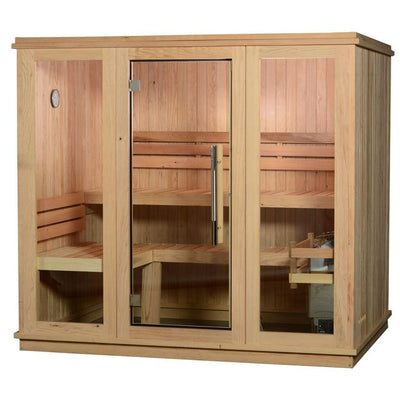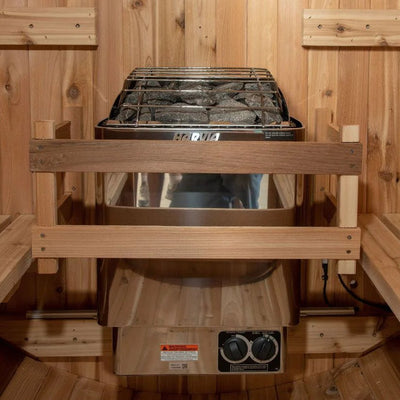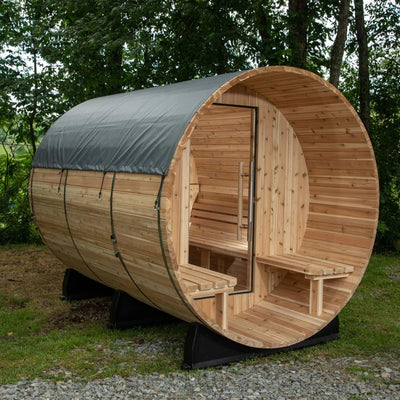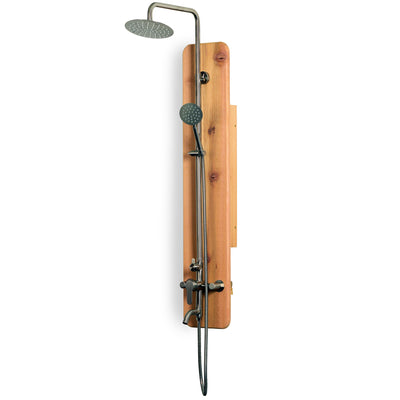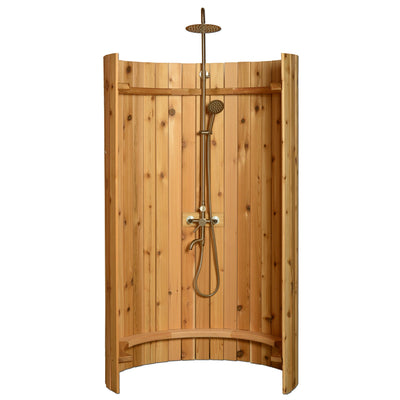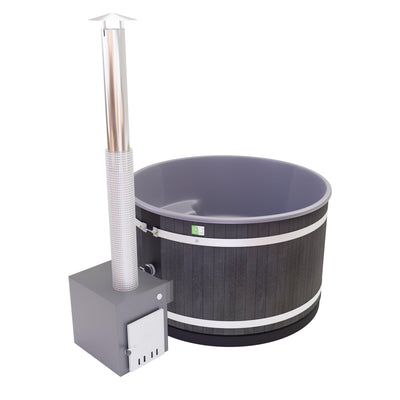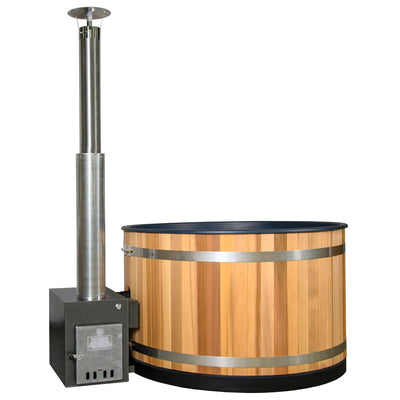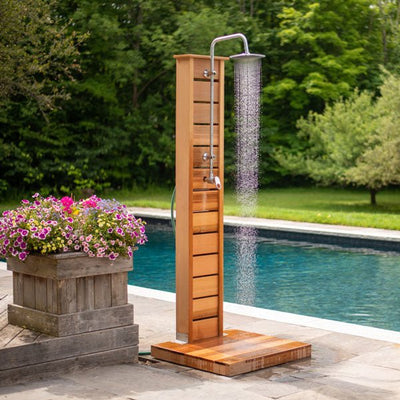
Understanding the Basics of Sauna Use
Saunas have been used for centuries across various cultures, from the Finnish traditional saunas to the Native American sweat lodges.
The benefits of using a sauna extend beyond mere relaxation; they encompass a range of physical and mental health advantages.
Physical Health Benefits
- Cardiovascular Health: Regular sauna use can improve cardiovascular health. The heat exposure in a sauna increases heart rate and widens blood vessels, improving circulation. Some studies suggest that regular sauna use can lower the risk of cardiovascular diseases, including hypertension, congestive heart failure, and coronary heart disease.
- Muscle Recovery: Saunas can aid in muscle recovery post-workout. The heat helps to increase blood flow, delivering more oxygen and nutrients to the muscles, which can speed up recovery and reduce muscle soreness.
- Skin Health: Sauna use can improve skin health. The heat opens up pores and promotes sweating, which can help cleanse the skin and improve its appearance.
- Immune System Boost: Regular sauna use can boost the immune system. The heat can stimulate the production of white blood cells, which help fight off infections and diseases.
Mental Health Benefits
- Stress Relief: Saunas can provide stress relief. The heat can help relax the body and mind, reducing stress levels and promoting a sense of well-being.
- Improved Sleep: Regular sauna use can improve sleep quality. The heat can help relax the body, making it easier to fall asleep and stay asleep.
- Mood Enhancement: Sauna use can boost mood. The heat can stimulate the production of endorphins, the body’s natural “feel-good” chemicals, leading to feelings of happiness and euphoria.
While these benefits are compelling, it’s important to note that individual experiences with sauna use can vary. Factors such as personal health, the type of sauna used, and the duration and frequency of sauna sessions can all influence the benefits one might experience.
As always, it’s recommended to consult with a healthcare provider before starting a new health regimen.
Difference Between a Traditional Sauna and an Infrared Sauna
Traditional saunas and infrared saunas are two popular types of saunas that offer a range of health benefits. While they both provide a heat-based experience, there are several key differences between them regarding their heat source, operation, and overall sauna experience.
Heat Source
Traditional saunas, also known as Finnish saunas, use a stove, either wood-fired or electric, to heat the air in the room. The stove heats rocks to a high temperature, and water is thrown onto the rocks to create steam, which increases the room’s humidity.
In contrast, infrared saunas use infrared heaters to emit infrared light, which is experienced as radiant heat. This heat is absorbed directly by the skin, without heating the air in the room.
Temperature Range
In a traditional sauna, the high temperature of the air heats the body from the outside in, causing the body to sweat profusely. The temperature in a traditional sauna can range from 150°F to 212°F (65°C to 100°C), with a humidity level of 10% to 20%.
Infrared saunas operate at a lower temperature, typically between 49°C (120°F) and 60°C (140°F). The infrared light penetrates the skin and heats the body from the inside out.
Sauna Experience
The experience of using a traditional sauna is often described as more intense due to the high heat and humidity. Some people prefer this type of sauna for its ability to provide a deeply cleansing sweat and the traditional sauna culture associated with it.
Infrared saunas provide a gentler, more tolerable heat, making them a good option for those who find traditional saunas too hot. The lower temperature allows for longer sauna sessions.
Both traditional and infrared saunas offer unique benefits and experiences. The choice between the two often comes down to personal preference and the specific health benefits each individual is seeking.
Ideal Temperature for a Sauna

The ideal temperature for a sauna can vary depending on the type of sauna and personal preference. However, there are general guidelines that can help ensure a safe and enjoyable sauna experience.
Traditional Sauna
Traditional saunas, or Finnish saunas, typically operate at higher temperatures than infrared saunas.
The recommended temperature range for a traditional sauna is 158°F to 212°F (70°C to 100°C). This high heat, combined with the humidity created by pouring water on the sauna stones, creates an intense sweating environment that many sauna users find beneficial.
Infrared Sauna
In contrast, infrared saunas use infrared light to heat the body directly, rather than heating the air around the user. This allows infrared saunas to operate at lower temperatures, typically between 43°C (110°F) and 57°C (135°F).
Despite the lower temperature, infrared saunas can still induce a significant amount of sweating due to the direct heat on the body.
It’s important to note that the ideal sauna temperature can also depend on individual tolerance and comfort. New sauna users may prefer to start at lower temperatures and gradually increase the heat as they become more accustomed to the sauna environment.
Preparing for Your Sauna Session
Before entering a sauna, preparing your body is crucial to ensure a safe and enjoyable experience.
Here are some steps you should take:
Step 1: Hydrate
Drink plenty of water throughout the day before your sauna session. Dehydration can lead to dizziness, nausea, and other health issues, especially in the heat of a sauna. Aim to drink at least two glasses of water before your sauna session. Avoid alcohol and caffeine, as these can dehydrate your body.
Step 2: Eat a Light Meal
Consuming a light meal 1-2 hours before your sauna session can provide your body with the energy it needs. Opt for foods that are easy to digest, such as fruits, vegetables, and lean proteins.
Step 3: Shower
Taking a shower before entering a sauna helps to remove oils, dirt, and sweat from your skin, which can clog your pores and prevent you from sweating effectively. It also helps to warm up your body gradually, making the transition to the hot sauna environment less of a shock to your system.
Step 4: Dry Off
After your shower, dry off completely. Wet skin can make it harder for your body to start sweating, which is one of the ways your body cools itself down in the heat of the sauna.
Step 5: Dress Appropriately
Wear loose, comfortable clothing to the sauna, and bring a towel to sit or lie on. Most people use a sauna naked or wear a bathing suit, but the key is to choose attire that makes you feel comfortable and doesn’t restrict your ability to sweat.
Step 6: Prepare Mentally
Sauna sessions should be relaxing and therapeutic. Take a few moments before entering to clear your mind and set a positive intention for your session.
Everyone’s body reacts differently to heat, so listen to your body and adjust these guidelines as necessary. If you have any health conditions, consult your doctor before using a sauna.
What to Wear in a Sauna
When deciding what to wear in a sauna, comfort, and safety should be your primary considerations. The high temperatures and humidity levels in a sauna can make certain types of clothing uncomfortable or even unsafe.
Here are some guidelines to help you choose appropriate sauna attire. The less the better.
- Material: Choose natural, breathable fabrics like cotton or linen. These materials absorb sweat and allow your skin to breathe, which can help regulate your body temperature. Avoid synthetic materials like polyester, which can trap heat and sweat against your skin, making you uncomfortably hot.
- Style: Loose-fitting clothing is generally more comfortable in a sauna than tight clothing. Many people choose to wear a bathing suit or a towel in a sauna for comfort and modesty.
- Footwear: Most saunas are barefoot areas to maintain cleanliness. However, if you prefer to wear something on your feet, opt for clean, rubber-soled sandals or flip-flops that can withstand the heat and humidity.
- Accessories: Avoid wearing jewelry in a sauna. Metal can become very hot in the sauna environment and potentially cause burns. Additionally, the heat can cause some jewelry to tarnish or discolor.
Here is a simple table summarizing the recommended sauna attire:
|
Attire |
Material |
Style |
Footwear |
|
Natural fabrics (cotton, linen) |
Breathable, absorbs sweat |
Loose-fitting, short sleeves/legs |
Barefoot or rubber-soled sandals |
The most important thing is that you feel comfortable and relaxed in your sauna attire. The sauna is a place for relaxation and rejuvenation, so choose clothing that contributes to this experience.
|
Tip: Do not wear jewelry in a sauna. The sauna rooms can get quite hot, and metals like gold and silver can conduct heat, potentially causing discomfort or even burns. |
What to Eat and Drink Before a Sauna Session

Before a sauna session, it’s important to nourish your body with the right foods and drinks to ensure you’re well-hydrated and have enough energy.
Here are some recommendations:
- Hydration: Hydration is key before entering a sauna. Aim to drink at least one to two glasses of water in the hour leading up to your sauna session. This helps to prepare your body for the increased sweating that will occur in the sauna.
- Electrolytes: In addition to water, consider consuming a drink with electrolytes, such as a sports drink or coconut water. Electrolytes, including sodium, potassium, and magnesium, are lost through sweat during a sauna session. Replenishing these beforehand can help prevent dehydration and muscle cramps.
- Protein: A moderate amount of protein before a sauna can also be beneficial. Protein can help to stabilize blood sugar levels, which can prevent feelings of lightheadedness or fatigue. Opt for lean sources of protein like chicken, turkey, tofu, or legumes.
Everyone’s body is different, so it’s important to listen to your own body’s signals and adjust your pre-sauna nutrition accordingly.
If you have any health conditions or dietary restrictions, it’s always a good idea to consult with a healthcare professional before making any significant changes to your diet or sauna routine.
Tips for an Enjoyable Sauna Session
Determining the length of a sauna session depends on several factors, including individual tolerance, health status, and the type of sauna being used.
For beginners, a sauna session might last between 5 to 10 minutes. As your body becomes accustomed to the heat, you can gradually increase the duration of your sessions. Experienced sauna users might spend up to 15 to 20 minutes in a traditional sauna at a time.
In an infrared sauna, which operates at a lower temperature, sessions can last up to 45 minutes. However, it’s important to listen to your body and leave the sauna if you start to feel uncomfortable or unwell.
|
Sauna Type |
Recommended Session Length |
|
Traditional Sauna |
15–20 minutes |
|
Infrared Sauna |
20–45 minutes |
It’s also common practice to take breaks during a sauna session. You might spend a few minutes in the sauna, step out to cool down, and then return for another round. This can be a safer and more comfortable way to enjoy the sauna, especially for those new to the experience.
Staying in a sauna for too long can lead to overheating or dehydration. Signs that you might need to leave the sauna include dizziness, rapid heartbeat, or feeling excessively hot. Always ensure you are well-hydrated before entering a sauna and drink plenty of water afterward to replace lost fluids.
While there are no strict rules about how long to stay in a sauna, it’s important to always prioritize safety and personal comfort. If you have any health conditions or concerns, it’s a good idea to consult with a healthcare provider before using a sauna.
Signs When to Leave the Sauna Room
The sauna experience is meant to be relaxing and beneficial for health. However, it’s crucial to recognize the signs that indicate it’s time to leave the sauna. Overstaying in a sauna can lead to dehydration, overheating, and in severe cases, heatstroke.
Here are some signs that you should exit the sauna:
- Dizziness or Light-headedness: This could be a sign of dehydration or overheating. If you start to feel dizzy or light-headed, it’s time to leave the sauna, cool down, and hydrate.
- Nausea or Vomiting: These symptoms can indicate heat exhaustion, a serious condition that requires immediate attention. If you feel nauseous or vomit, exit the sauna immediately and seek medical help if symptoms persist.
- Rapid Heartbeat: A slightly elevated heart rate is normal in a sauna due to the heat. However, if your heart starts beating rapidly or irregularly, it’s a sign that your body is under stress and you should leave the sauna.
- Excessive Sweating: Sweating is a normal response to heat, but if you’re sweating excessively or stop sweating altogether, it could be a sign of dehydration or overheating.
- Feeling Unusually Hot or Not Sweating: If you feel uncomfortably hot or notice that you’ve stopped sweating, this could be a sign of heatstroke, a life-threatening condition that requires immediate medical attention.
Everyone’s tolerance to heat is different, and these signs can vary from person to person. Always listen to your body and exit the sauna if you start to feel unwell. It’s better to err on the side of caution when it comes to your health and safety.
Understanding the Pros and Cons of Working Out in Heat
Exercising in a sauna is a topic that has garnered interest due to the potential benefits and risks associated with it. While some fitness enthusiasts swear by the practice, it’s important to understand the implications before incorporating it into your routine.
The heat in a sauna can intensify the effects of exercise, leading to increased heart rate and perspiration. This can potentially enhance the benefits of a workout, such as improved cardiovascular health and increased calorie burn. However, extreme heat can also pose risks, particularly for those who are not accustomed to it.
Types of Exercises
Certain types of exercises are more suited to the sauna environment than others. These typically include low-intensity activities that do not require rapid movement or high levels of exertion. Some examples include:
- Yoga: The heat can help to increase flexibility, making it easier to perform certain poses.
- Stretching: Similar to yoga, the heat can enhance the benefits of stretching exercises.
- Meditation: While not a physical exercise, meditation can be enhanced by the relaxing environment of a sauna.
Precautions
If you choose to exercise in a sauna, there are several precautions you should take to ensure your safety:
- Stay hydrated: The heat can cause you to sweat more than usual, increasing the risk of dehydration. Make sure to drink plenty of water before, during, and after your sauna session.
- Listen to your body: If you start to feel dizzy, nauseous, or otherwise unwell, stop exercising immediately and leave the sauna.
- Start slow: Begin with short, low-intensity workouts and gradually increase the duration and intensity as your body adapts to the heat.
- Consult a doctor: If you have any health conditions or concerns, consult with a healthcare professional before beginning a sauna exercise routine.
Post-Sauna Session: Relaxation and Recovery
After using a sauna, it’s important to follow a few key steps to ensure your body recovers properly and you maximize the benefits of your sauna session.
- Cool down gradually: Immediately after exiting the sauna, allow your body to cool down gradually. This can be done by sitting in a cooler area, taking a lukewarm shower, or even taking a dip in a cool pool if one is available. This gradual cooling process helps to stimulate blood circulation and prevent dizziness.
- Rehydrate: Sauna sessions can lead to significant fluid loss through sweating. It’s crucial to rehydrate by drinking plenty of water or electrolyte-rich drinks. Avoid alcohol as it can lead to further dehydration.
- Rest: After a sauna session, your body needs time to recover. Resting allows your heart rate to return to normal and gives your body a chance to process the heat exposure. This could involve sitting or lying down in a quiet, comfortable space.
- Nourish your body: Eating a light, nutritious meal after your sauna session can help replenish lost nutrients and stabilize your blood sugar levels. Opt for foods rich in protein, healthy fats, and complex carbohydrates.
- Skincare: After a sauna session, your pores are open and your skin is clean. This is an ideal time to apply a moisturizer or body lotion to nourish your skin. Avoid using harsh soaps or body washes that can strip your skin of its natural oils.
Take a few moments to reflect on your sauna experience. Consider how you felt during and after the session, and make note of any changes you might want to make for your next session.
Everyone’s body responds differently to heat exposure, so it’s important to listen to your body and adjust these steps as needed. This can help you tailor your sauna routine to suit your needs and preferences best.
|
Did you know? Incorporating gentle stretching or yoga during post-sauna enhances flexibility and promotes a deeper sense of calm, amplifying the overall benefits of your relaxing session. |
Understanding Sauna Usage with Medical Conditions
Sauna use can be a beneficial part of a wellness routine for many individuals, but those with certain medical conditions should exercise caution. It’s important to note that while saunas can offer numerous health benefits, they can also pose risks for people with specific health issues.
Most people with cardiovascular conditions, for instance, can greatly benefit from sauna sessions. Similarly, individuals with respiratory conditions such as asthma or Chronic Obstructive Pulmonary Disease (COPD) can benefit from a sauna.
However, people with these conditions must still consult their primary healthcare provider before a sauna session.
Those with skin conditions like psoriasis or eczema may find that sauna use improves their symptoms, but others may lead to overheating and skin aging.
People with diabetes should also be cautious, as the heat can potentially affect blood sugar levels.
|
Medical Condition |
Sauna Use Considerations |
|
Respiratory Conditions |
Heat and humidity may exacerbate breathing difficulties |
|
Skin Conditions |
Sauna use may improve or exacerbate symptoms, depending on the individual |
|
Diabetes |
Heat can potentially affect blood sugar levels |
Anyone with a chronic health condition needs to consult with their healthcare provider before starting a regular sauna routine. A healthcare provider can provide personalized advice based on the individual’s health status and potential risks.
All sauna users, regardless of health status, should listen to their bodies and exit the sauna if they begin to feel dizzy, nauseous, or otherwise unwell. Hydrating before and after sauna use can also help prevent dehydration, a common risk associated with sauna use.
Weighing the Pros and Cons of Sauna for Pregnant Women
Sauna use during pregnancy is a topic that has been the subject of much debate among health professionals. While some believe that the heat and relaxation provided by a sauna can be beneficial for pregnant women, others caution that the increased body temperature could potentially pose risks to the developing fetus.
The American College of Obstetricians and Gynecologists (ACOG) advises that pregnant women should avoid activities that may lead to overheating, including the use of hot tubs and saunas, particularly during the first trimester when the development of the fetus is most vulnerable.
This is due to the fact that a significant rise in the mother’s core body temperature, particularly during the first trimester, can potentially lead to certain birth defects.
If a pregnant woman chooses to use a sauna, it is important to consult with a healthcare provider before using a sauna.
While there may be potential risks associated with sauna use during pregnancy, these can be mitigated by taking appropriate precautions and consulting with a healthcare provider.
Each individual needs to weigh the potential benefits and risks and make an informed decision based on their unique circumstances and health status.
Sauna Experience for Children
Children can indeed use a sauna, but there are several important considerations to keep in mind to ensure their safety and enjoyment.
Firstly, the age at which it is safe for children to start using a sauna can vary. In many traditional sauna cultures, such as in Finland, children are introduced to the sauna at a very young age. However, it is generally recommended that children under the age of six should not use a sauna due to their bodies' limited ability to regulate temperature.
When introducing children to the sauna, it’s important to start with shorter sessions at lower temperatures. A good starting point might be 5-10 minutes at a temperature of around 60°C (140°F). Gradually, as the child becomes more accustomed to the heat, the duration and temperature can be increased.
Children, like adults, should be encouraged to listen to their bodies and leave the sauna if they start to feel uncomfortable. Signs of overheating in children can include dizziness, nausea, headache, or excessive sweating.
Hydration is crucial for children using a sauna. They should drink plenty of water before, during, and after the sauna session to replace the fluids lost through sweating.
Adult supervision is essential when children are using a sauna. Not only can adults help to monitor the child’s comfort and well-being, but they can also ensure that the child is sitting or lying safely on the sauna benches to avoid burns.
While children can use a sauna, it’s important to take a cautious and gradual approach, always prioritizing the child’s comfort and safety.
Understanding a Sauna Ritual and How to Create One
A sauna ritual refers to a set of practices or activities performed before, during, and after a sauna session to enhance the overall experience.
The ritual can be personalized to suit individual preferences and can include elements that promote relaxation, mindfulness, and well-being.
Creating a sauna ritual involves the following steps:
Preparation
This involves activities that help to prepare the body and mind for the sauna experience.
It could include drinking plenty of water to ensure proper hydration, wearing comfortable clothing, and setting aside enough time to avoid feeling rushed. Some people also find it beneficial to do light stretching or yoga before entering the sauna to help relax the muscles.
Entering the Sauna
The process of entering the sauna can be made more ritualistic by doing it slowly and mindfully, taking a moment to adjust to the heat, and relaxing before sitting or lying down. Some people choose to bring in items like essential oils or a favorite book to enhance their experience.
During the Sauna Session
Activities during the sauna session can vary widely depending on personal preferences.
Some people enjoy meditating, practicing deep breathing, or simply sitting in silence. Others prefer to listen to calming music or nature sounds.
It can also be beneficial to periodically pour water over the sauna stones to create steam, which can help to improve circulation and promote relaxation.
Exiting the Sauna
Exiting the sauna should be done slowly and carefully to avoid dizziness.
After leaving the sauna, it’s important to allow the body to cool down gradually. This can be done by sitting or lying down in a cool area, drinking cold water, or taking a cool shower.
Post-Sauna Activities
After the sauna session, it can be beneficial to rest and relax for a while to allow the body to recover.
Some people find it helpful to do gentle stretching or yoga, while others prefer to read, meditate, or simply sit in silence. Drinking herbal tea or a drink rich in electrolytes can also help to replenish lost fluids and minerals.
The goal of a sauna ritual is to enhance the overall sauna experience and promote relaxation and well-being. Therefore, it’s important to choose activities and elements that you find enjoyable and beneficial.
Conclusion
It’s important to note that everyone’s body reacts differently to heat and sauna use. Therefore, it’s crucial to listen to your body and choose a time for sauna use that feels most beneficial and comfortable for you.
Always remember to stay hydrated, especially when using a sauna around workout times, as both exercise and sauna use can lead to increased sweating and potential dehydration.









